Wabi Sabi and the Beauty of Impermanence
- Angela Wallis Moore

- Mar 25, 2022
- 2 min read
Updated: Oct 2, 2025
The Japanese philosophy and aesthetic of wabi sabi has long been a source of interest for me. The contemplation of the ephemeral quality of life, of appreciation of that which becomes more beautiful as it ages, imbues that beauty with a wistfulness and nostalgia, even as we take pleasure in the patina of decay.
Last week, I visited Bellingen, a picturesque village in the Mid North Coast hinterland. The scenery is reason enough to visit this lovely region with its meandering river and lush valleys ringed by the mountains of the Great Dividing Range. Since I live barely an hour away, I drive up occasionally to enjoy the cafes and photograph the landscape.

On this occasion, instead of driving into the village, I stop at The Old Butter Factory, an excellent cafe with attached gift shops and galleries - and it's in this unlikely place that I find an abundance of wabi sabi , in a rustic courtyard filled with discarded agricultural machinery.
The courtyard itself is divided into sections by large, rough-hewn posts and beams, abutting the century-old walls of the old factory.
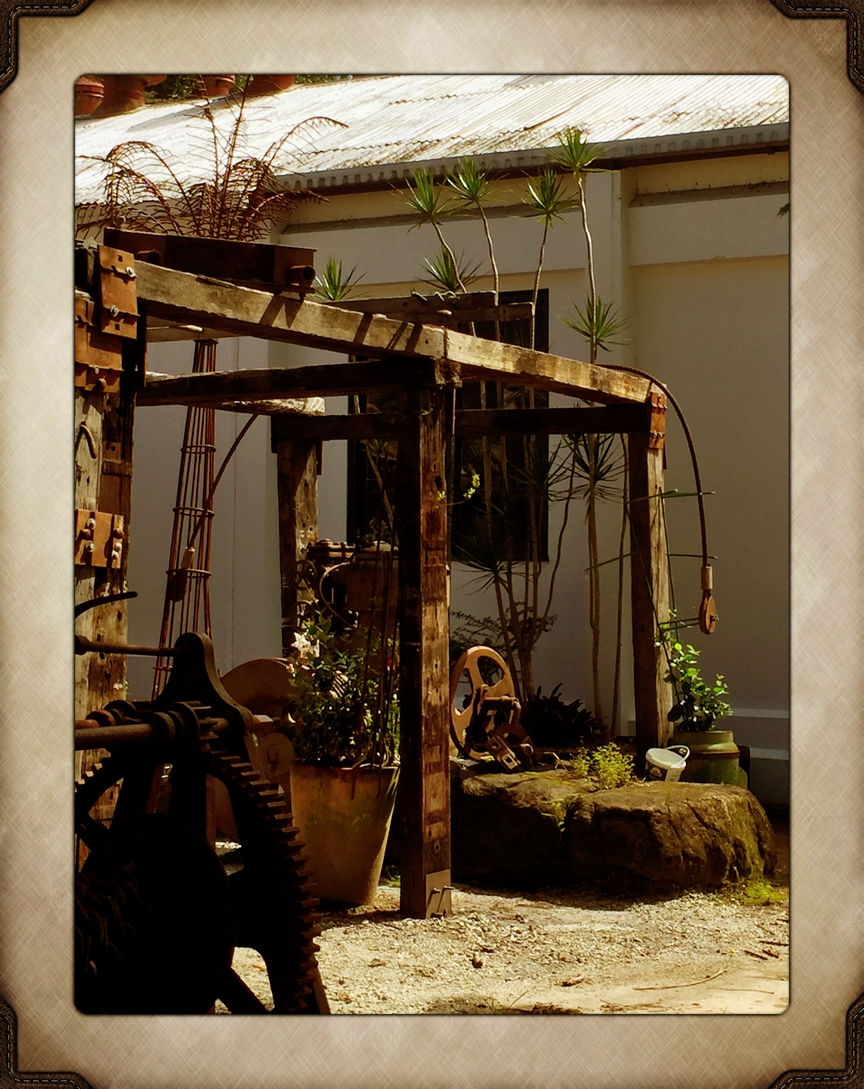
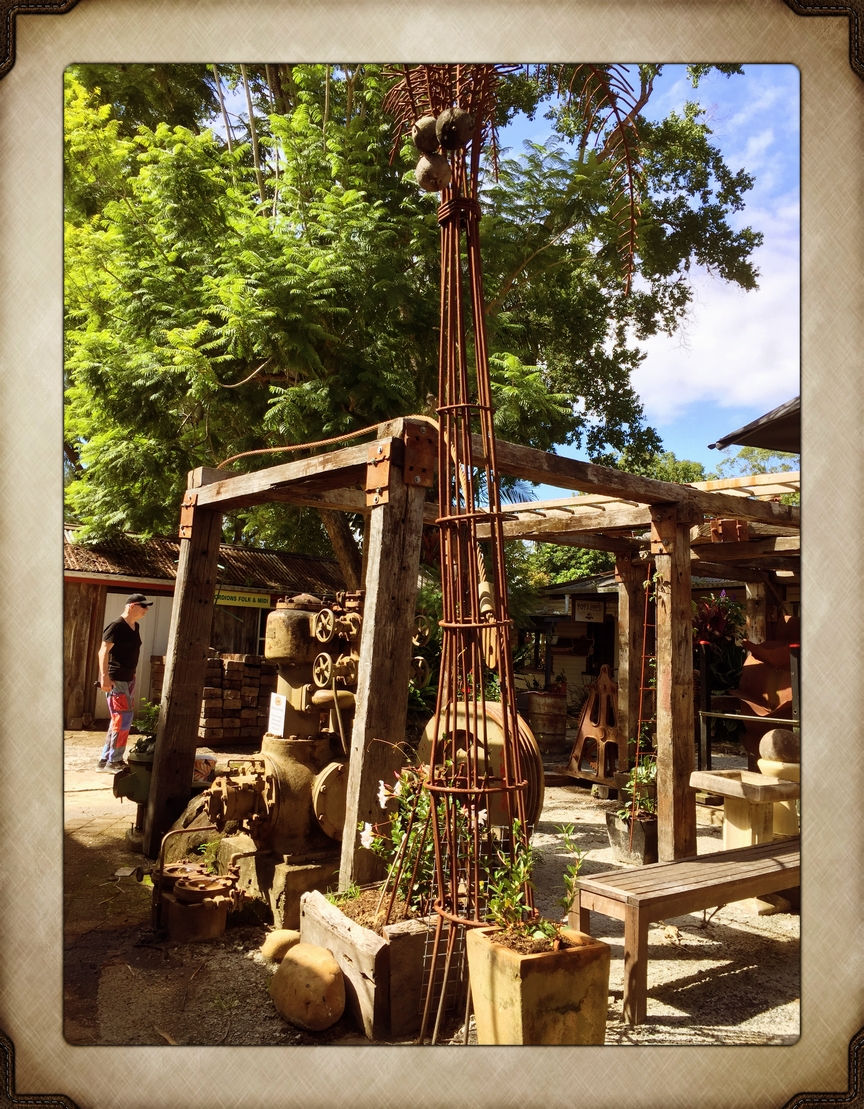
In quiet corners, strange contraptions reveal their slow disintegration in colours of russet and golden brown.
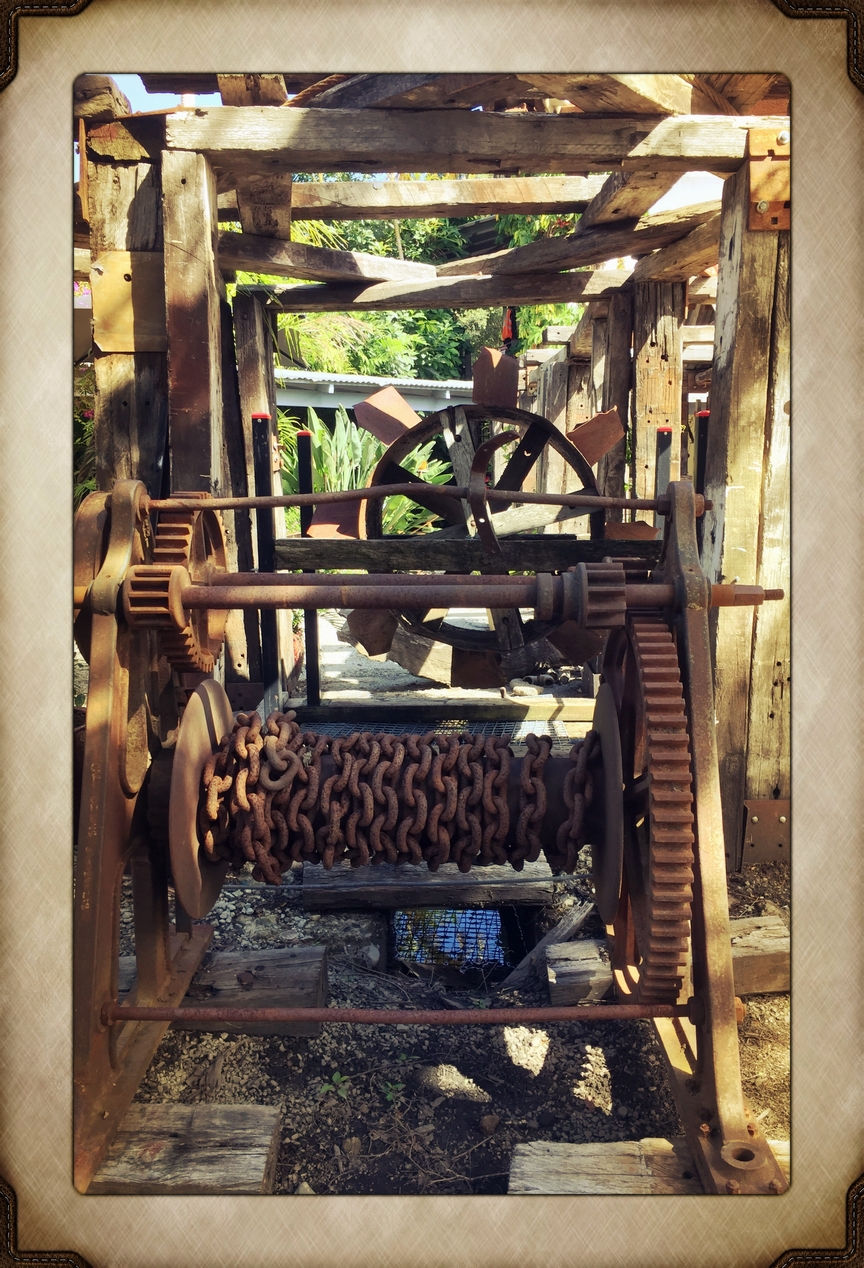


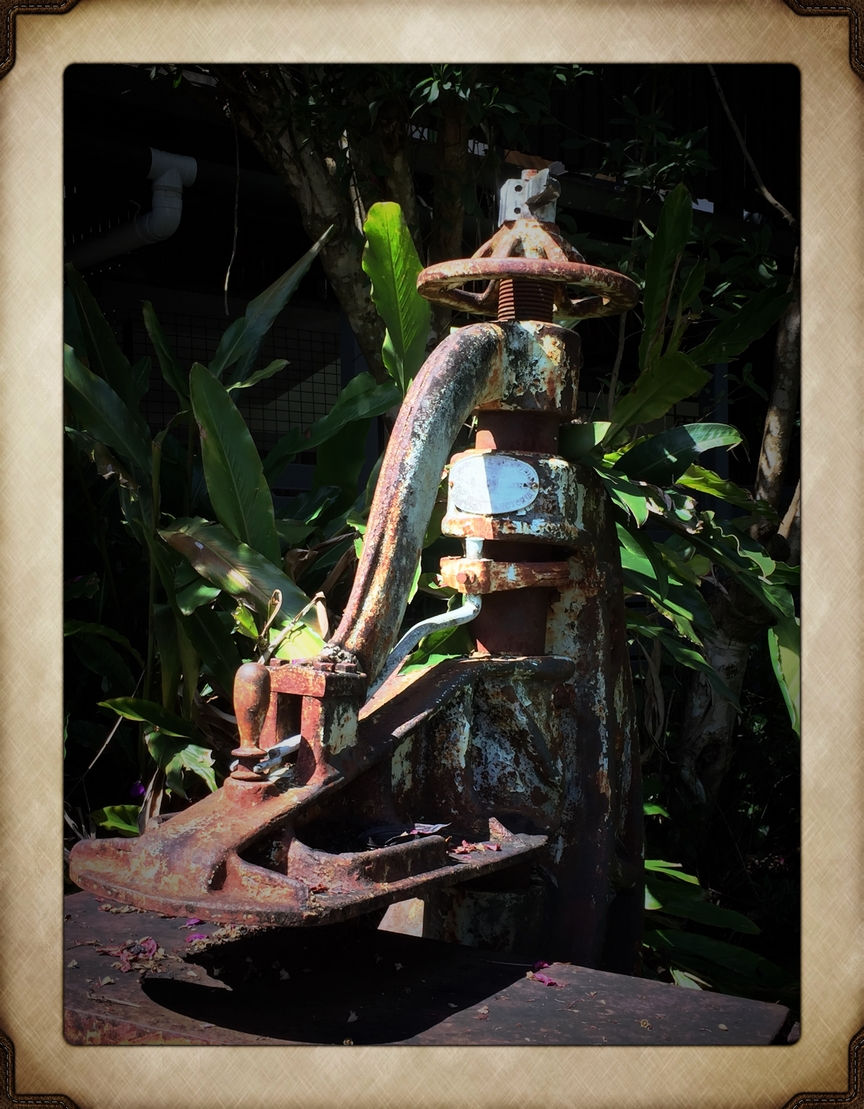
Once valued for their usefulness, they have gained a second life as objects of shabby artistry, nostalgic relics of a distant past.
But new life exists side-by-side with antiquity. A cottage garden thrives against a weathered backdrop of corrugated iron, the vivid greenery complemented by the oxblood hue of rust.
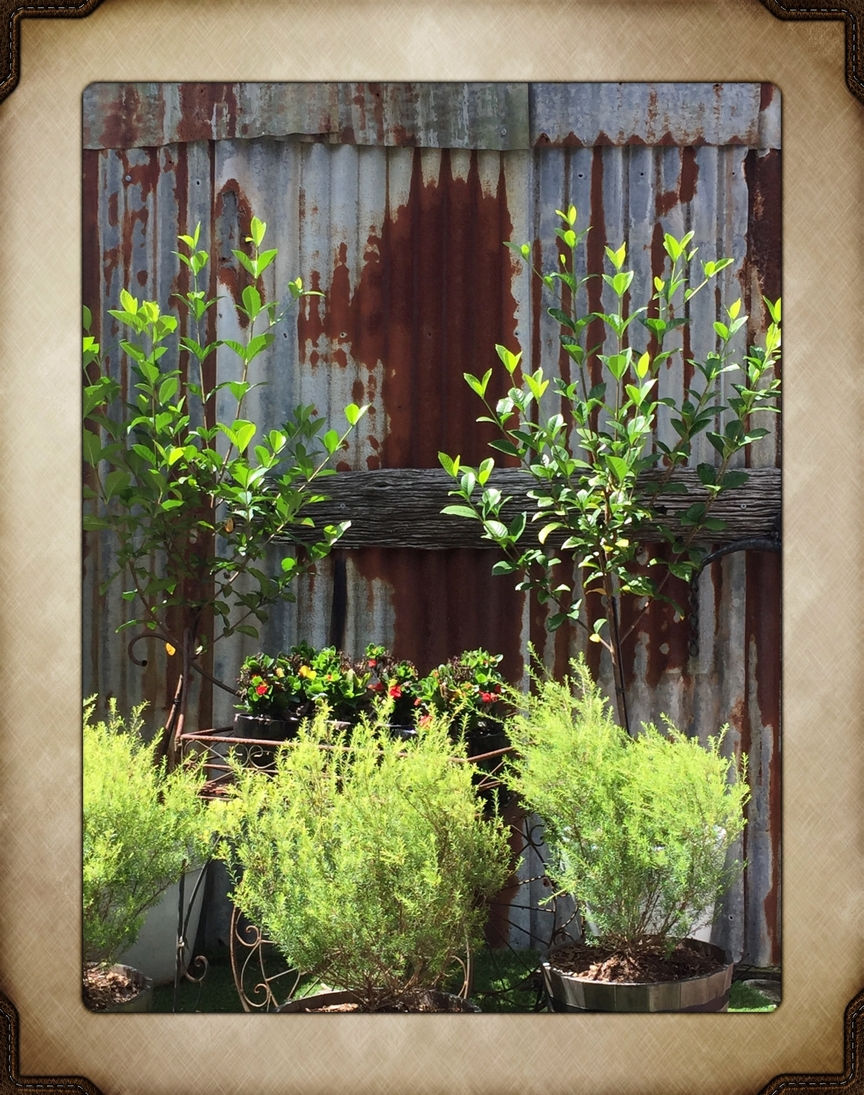
... and, in every corner, I find some new delight...
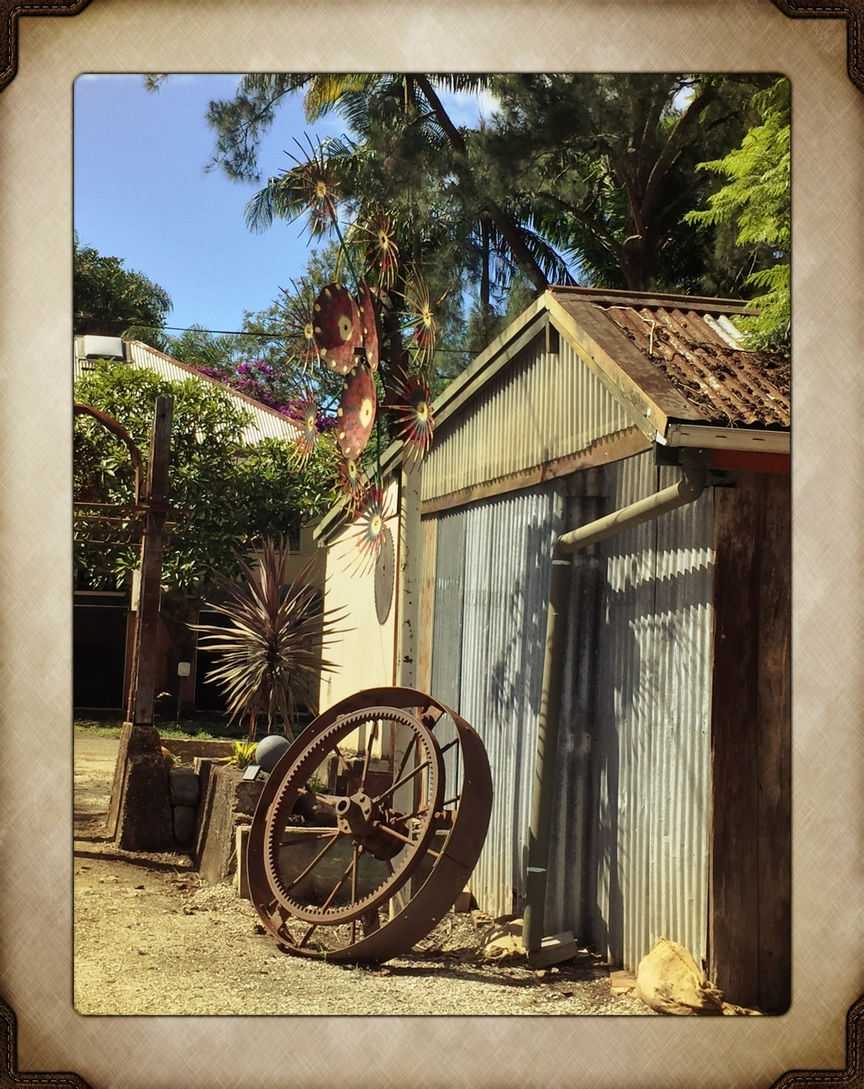
... an abandoned wheel, leaning haphazardly against a ramshackle shed...
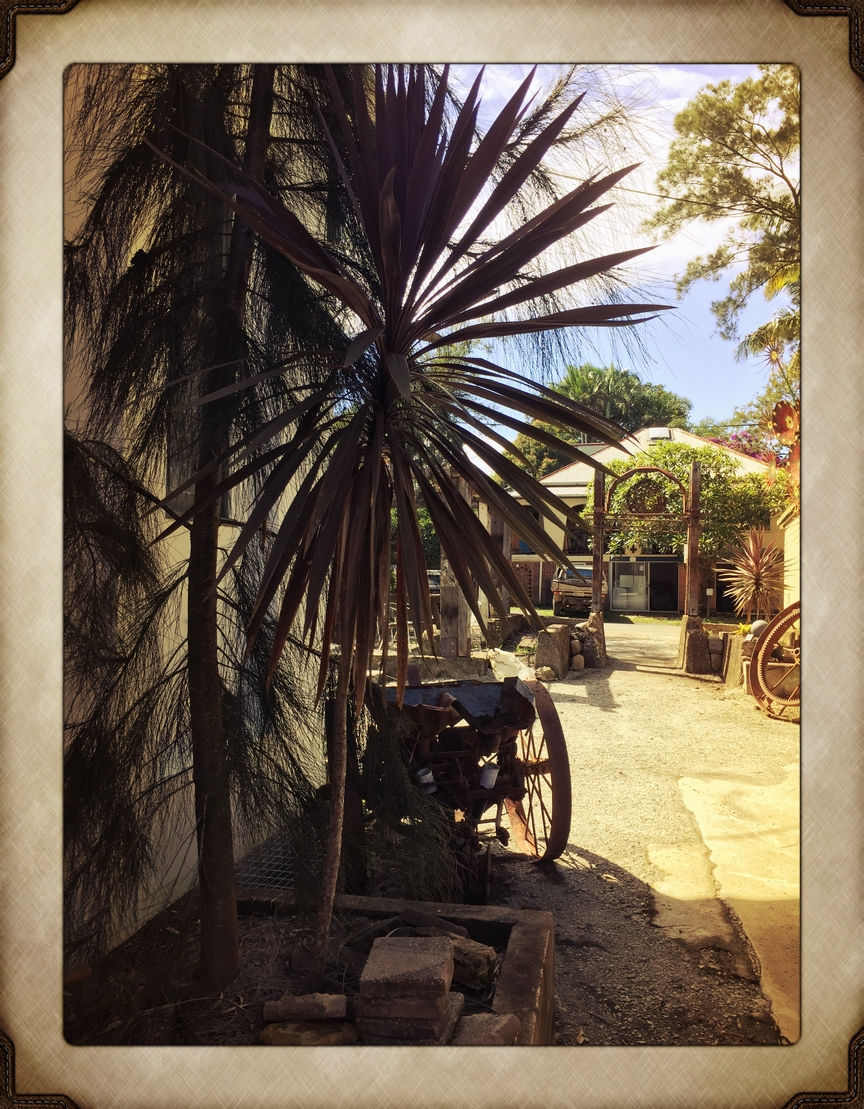
The sculptural form of a cordyline, leading the eye to a distant archway ...
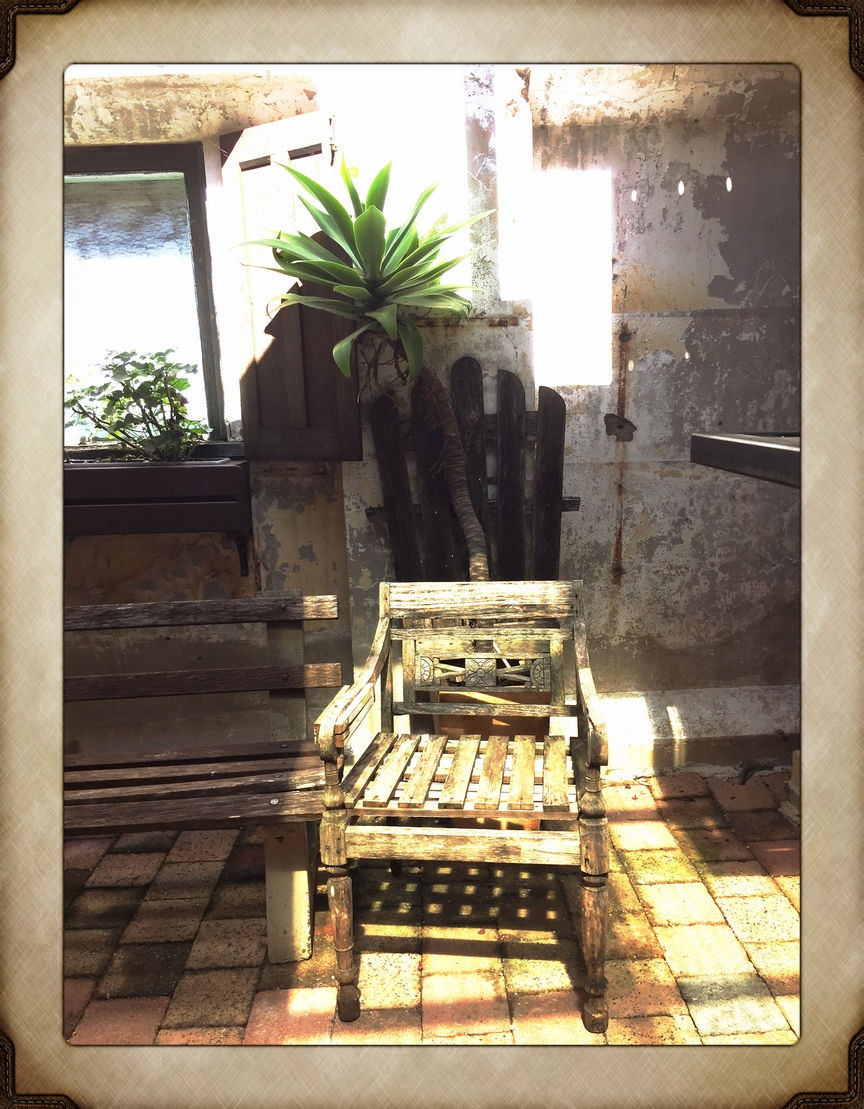
... and a quiet corner where mossy brick tiles support a simple wooden chair and bench. Plants grow in window boxes beside lime plaster walls scoured by a century of sun and rain.
I plan to return. There is so much more detail to capture, more contrast of light and shadow, more textures and muted colours. But, for now, I leave you these images in the hope that you will share my enjoyment of that wistful, ephemeral quality we call wabi sabi.



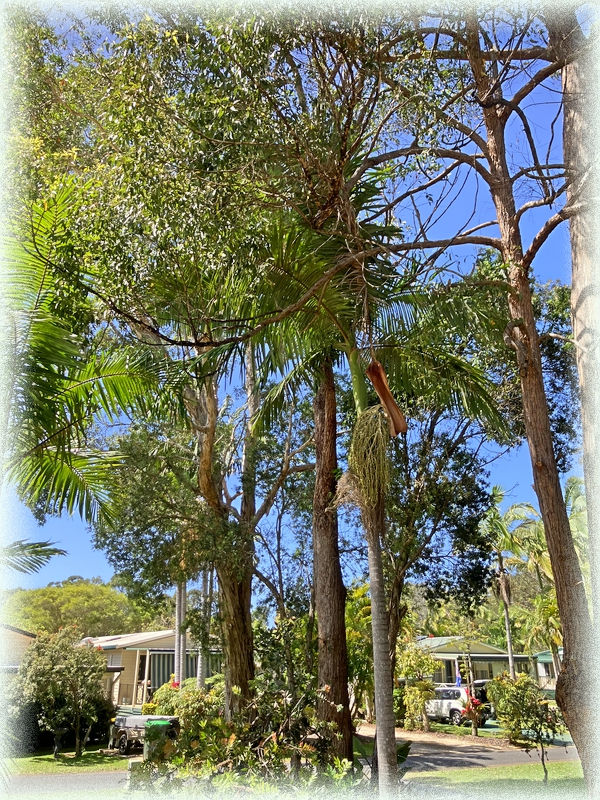


Comments